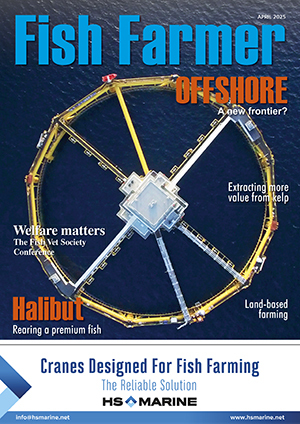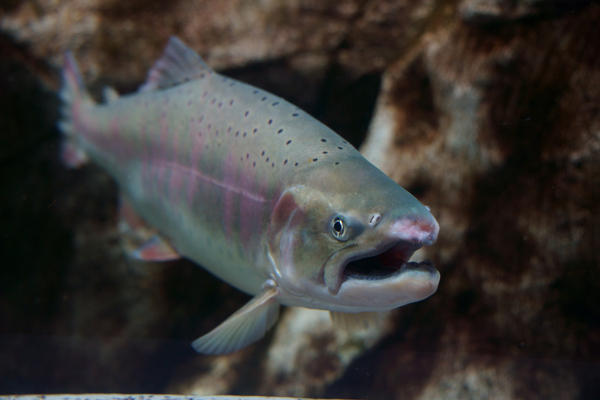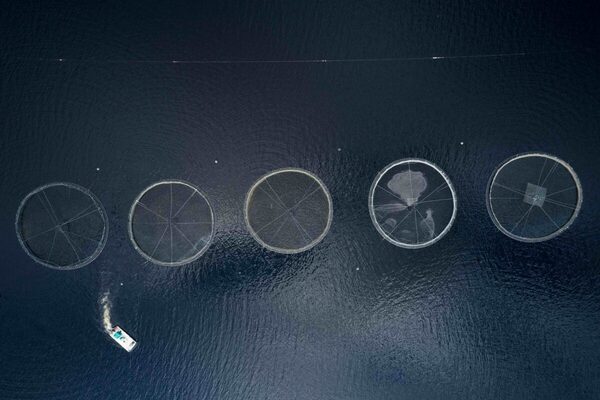Arctic angst
Warming waters off the far north of Norway have been linked to a big increase in sea lice numbers, as Vince McDonagh reports.
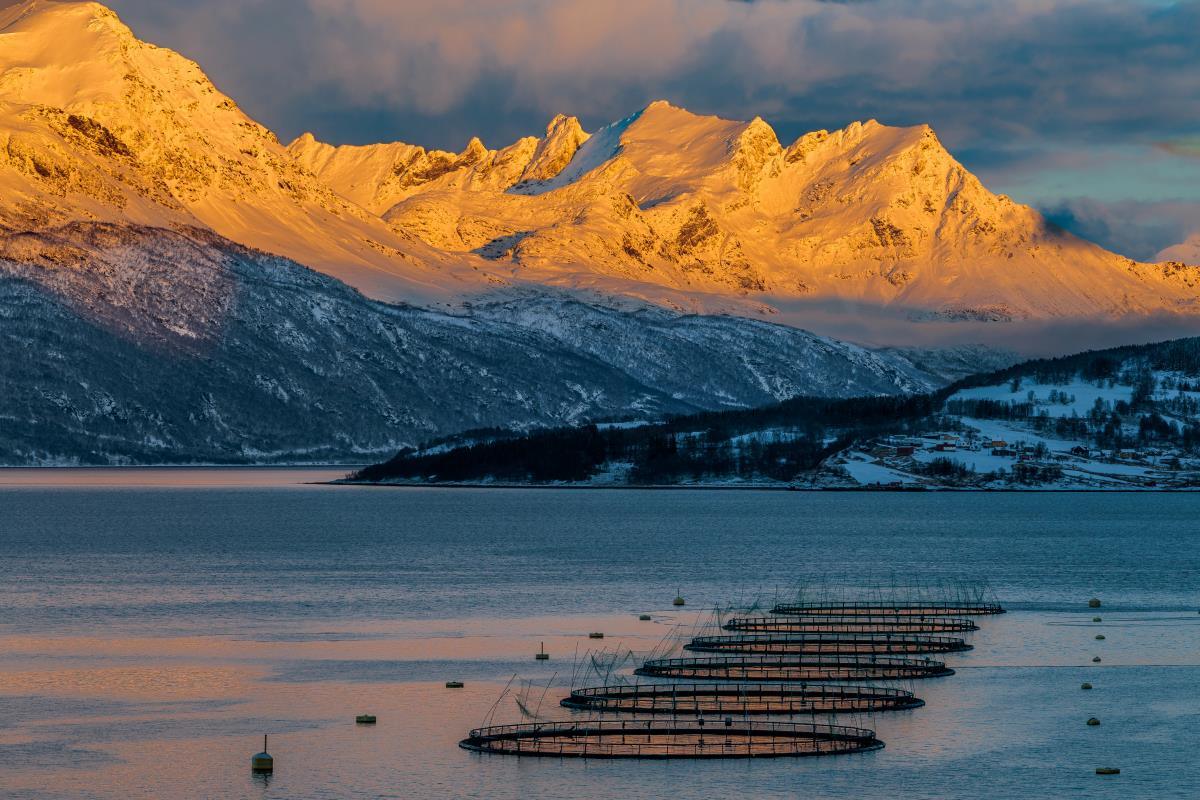
Norway’s salmon farmers have been shaken this autumn, not just by high lice numbers, but by just how far north the problem has spread.
Until now sea lice have not been an issue above the Arctic Circle, but the situation has changed.
Sea temperatures have been up to 5ºC above average, resulting in extraordinary high lice numbers, with several farms recording up to eight times the legal limit.
The Norwegian Institute of Marine Research says 16.85ºC has been measured at its station in Lofoten. Usually, local sea temperatures are around 12-13ºC at this time of year.
The lice limit is normally 0.5 adult female lice on average per fish in the facility. According to the figures from lice data, far more facilities are now well above that figure.
So far companies are receiving little sympathy from the government which is insisting on pain of financial penalty that the industry gets its numbers down and keeps them down.
Fisheries and Oceans Minister Marianne Næss said bluntly that the industry must learn to live with this new problem, suggesting they get advice from southern fish farms which have been battling increased sea temperatures and high lice numbers for a while.
It is an issue climate scientists have been warning about for some time and it is one which they say could become permanent.
Norway’s Institute of Marine Research, which keeps a close watch on development, has described the situation as “explosive”.
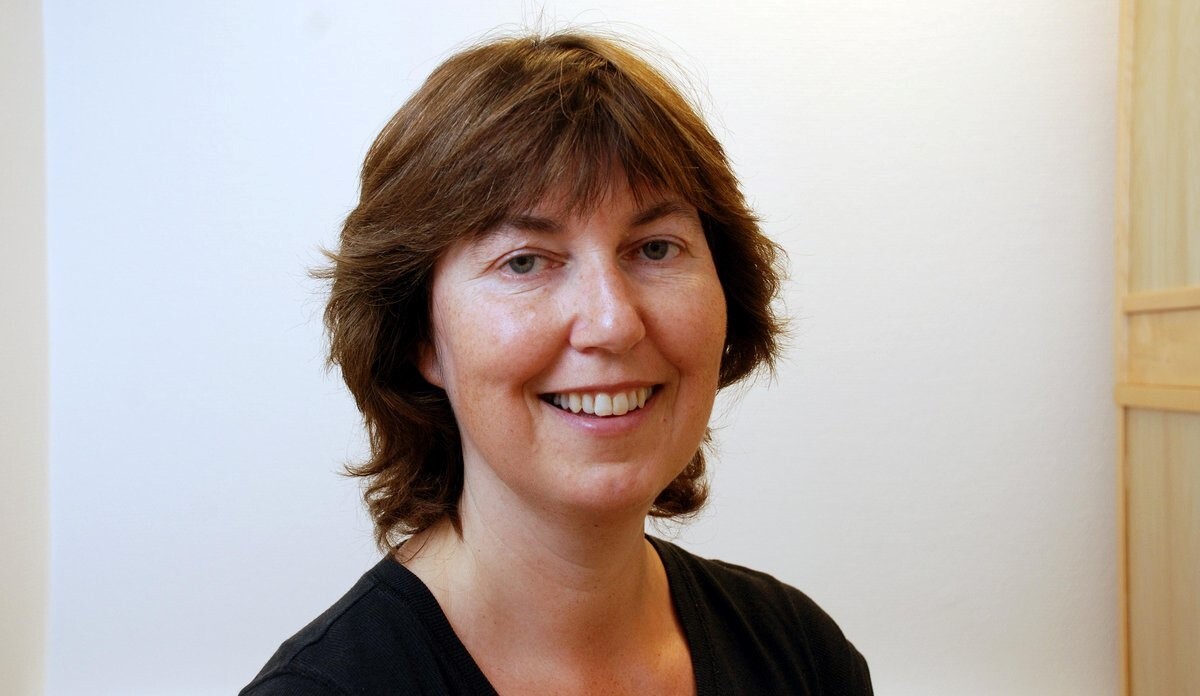
Marine Institute researcher Anne Sandvik, who collects data on a weekly basis, says lice numbers in the north have never been higher.
She uses the numbers to calculate how many salmon lice escape from farms and where they drift with the ocean currents - before they have grown into infectious lice that can settle on fish.
She told the institute’s news site there had been an explosive increase in the region and a doubling of numbers. Trout and char were also affected.
The timing of the increase means that sea trout may also have been exposed to lice attack.
“When the louse larvae have developed into infectious copepodites, they are ready to attach themselves to salmon, sea trout or char,” she explained.
“While the salmon swim out to sea in early summer, the trout spend a longer period of time in the fjords and become particularly vulnerable.
“The risk of sea trout becoming infected with harmful amounts of lice has also increased in recent weeks,” Sandvik added.
As an example, she points out that in midsummer, there were more than twice as many adult female lice on the farmed fish in one area (PO8) than at the same time a year ago.
In addition to the institute’s fixed stations, the researchers have access to the breeders’ temperature measurements via the information organisation Barentswatch.
Temperatures are taken at depths of three metres and this year the water temperature has been a great deal higher (up to 4ºC above normal) which gives the lice a huge advantage, she said.
This is broadly the same as the seas around western Norway which are generally much warmer than around the Arctic Circle.
One northern farm produced millions of larvae. And although lice are found naturally in the sea, most are now found on salmon farms. And this year, an unwanted production record is being set in the north.
Sandvik explained: “If we start from the fact that a single cage contains between 100,000 and 200,000 fish, and each of these has 0.5 adult female lice (which is the legal limit from week 27 in the north), this cage will have 50,000 to 100,000 adult female lice before there is a requirement to de-louse the fish.”
The institute’s scientists say the pace of the life cycle of salmon lice depends on the temperature. At high levels, it goes faster; that is, the lice become adults sooner and begin to reproduce. In addition, their ability to attach to a fish increases with increasing temperature. This in turn leads to more lice, both adults and young, at the same time.
Sea temperatures, which are quite different from normal land weather trends, have been rising gradually for some time but this year they have been exceptionally high.
Scientists fear this is becoming the norm and water temperatures will continue to rise setting new challenges for salmon companies, and not just involving lice.
Strangely, in the south, the water temperature has been fairly normal during the summer when it might have been expected to be correspondingly higher.
Although the total number of adult female lice has gone up in the north, again it has not happened further south.
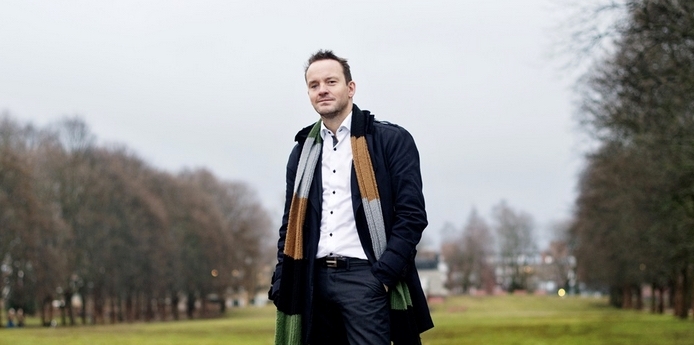
High lice numbers may be here to stay
The industry is worried that this year’s development is not a “one-off” and could lead to production problems.
Seafood Norway CEO Geir Ove Ystmark said the aquaculture industry uses wellboats and service vessels to carry out lice removal and warns that when so many companies need de-lousing at the same time, it creates capacity challenges in northern Norway.
“We are concerned that temperature changes are coming faster than we have predicted. It is generally cause for concern, also for the aquaculture industry, which is now experiencing higher lice pressure,” he said.
As a consequence of the fact that northern Norway generally has lower sea temperatures, sufficient capacity has not been built up to handle the lice pressure now being experienced.
“The situation we are now experiencing, we must prepare ourselves for what could become a new normal,” he added.
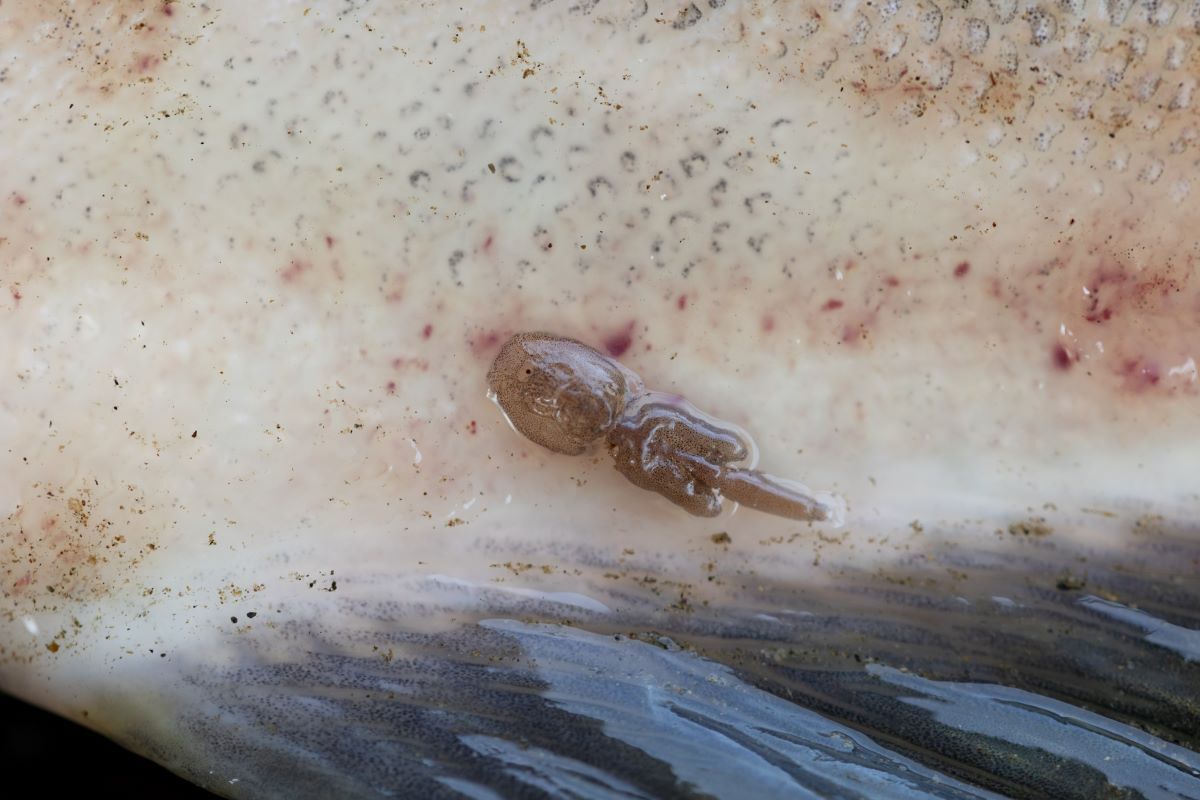
Why lice are a menace
The requirements to maintain a very low incidence of salmon lice in farming have been set to limit possible spread to wild salmon.
Lice are one of the biggest challenges facing the aquaculture industry. The strategy against salmon lice is to combine preventive measures with the use of treatments to remove lice from the fish.
The treatment methods are either the use of drugs or the use of so-called non-drug treatments. The latter is, for example, bathing in fresh water, rinsing and using slightly heated water (so-called thermal treatment).
The use of medicinal treatments is self-limiting due to the possible development of resistance in the salmon lice. When resistance develops, one consequently becomes more dependent on non-medicinal treatments.
Most treatment methods (including the use of some drugs) require that the fish must be handled to a greater or lesser extent, and that in itself is a challenge for safeguarding fish welfare, as it leads to increased vulnerability to bacterial and viral infections.
